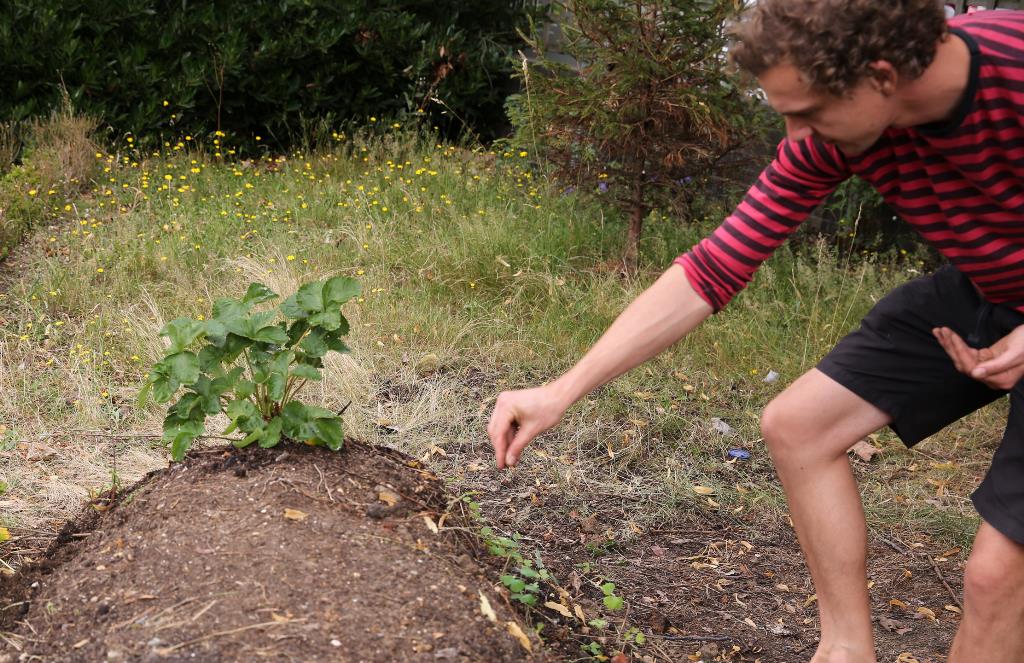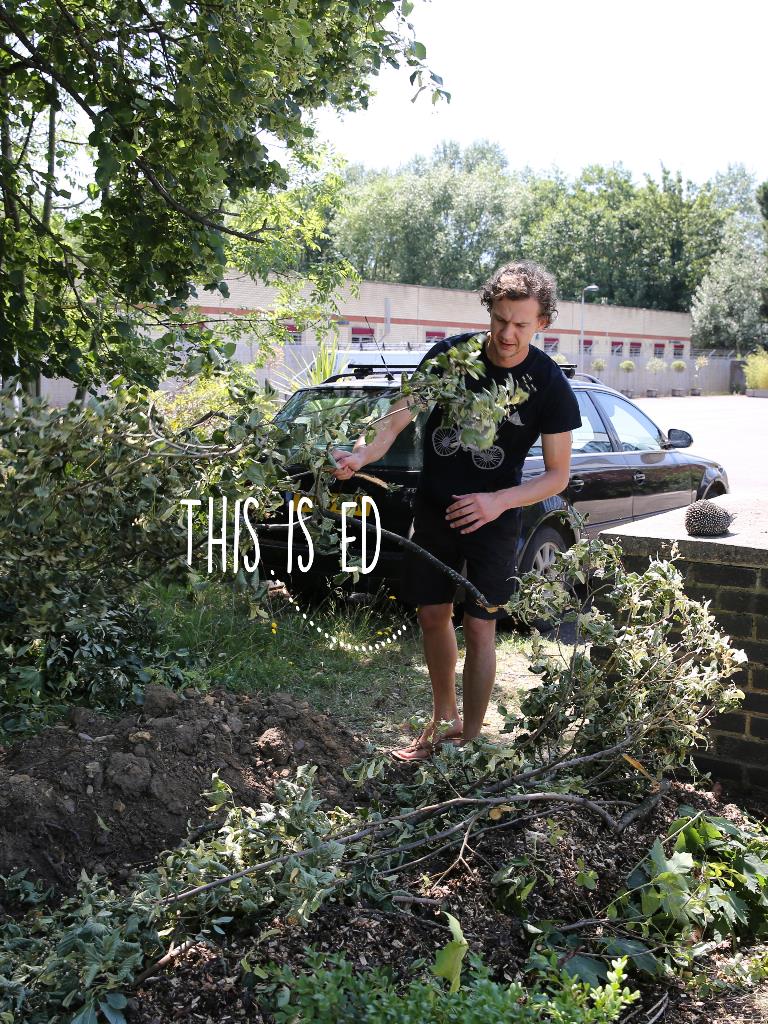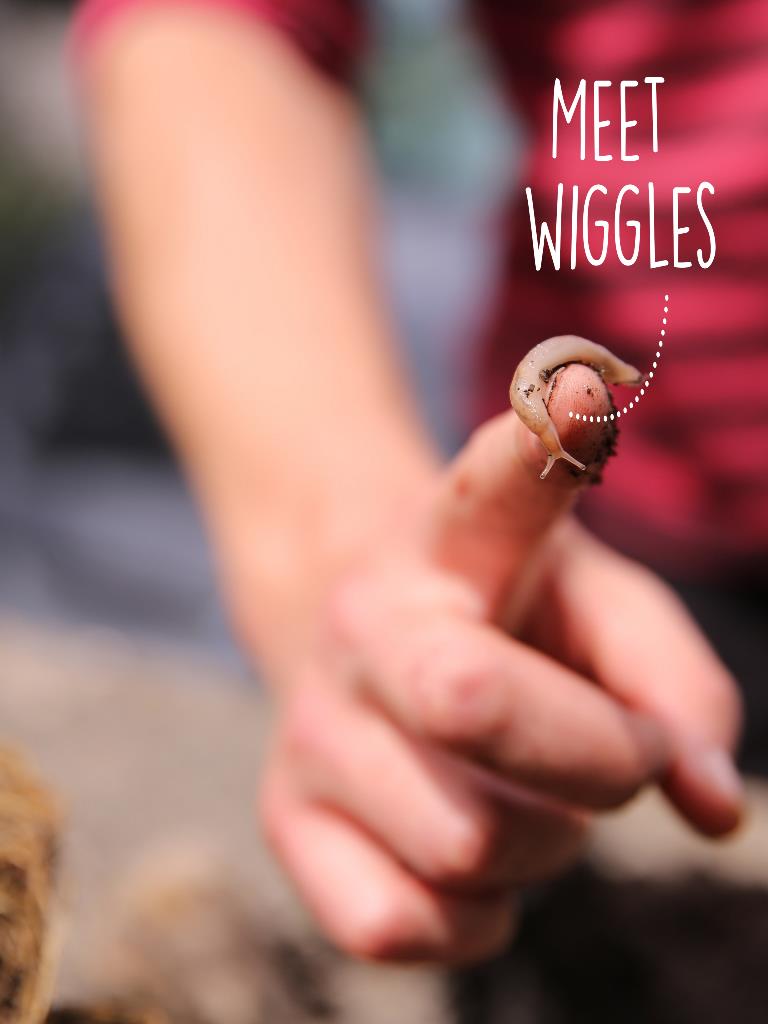We love daydreamers at Veg HQ. And, it was during one fateful, wistful gaze out his window that our Ed had the ingenious idea to transform a forgotten plot of our own home into a thriving organic veg patch.
The Veg Patch Project August Edition

Organic is as organic does
Most veg-heads are in agreement about one thing - that it really doesn’t get better than freshly-picked from your own garden. Food miles are counted in steps, nutrients are off the scale, no need for packaging and you know exactly what has and hasn’t been used on them.
Containers are a great way to use a small area, and are a good opportunity to re-use plastic containers, but if you have the space it’s good to let things branch out. We have a few pots and boxes on the go at Veg HQ but thought we could take it up a step, and the more space you can give roots the better. Being out in a veg patch is the equivalent of free-range for plants, and gives grower the opportunity to attract more biodiversity and build ‘resilience’ into the setup, much to the benefit of everything involved.
With a vacant space on our spot of Wimbledon where our beloved compost heap used to be, we thought it was time to set up our first proper growing patch at Veg HQ. Somewhere we could all get our hands dirty and connect to how our food is produced, a growing space that’s low input yet productive, working with nature to provide some delicious and seasonal additions to our rabble's lunches.
It also gives us a chance to try out some of the organic wizardry our farmers practice, and we’ve been talking to our growers about the innovative techniques we can employ to bring out the best in our own little veg patch.


What on earth is Hügelkultur?
“Having to move the compost heap was a bit of a wrench, but the benefit of taking it down was that we could access all of the fertility that had built up beneath after years of decomposing veg scraps. With the compost and wormcasts permeating the soil and setting it up perfectly with enough nutrients to satisfy even the hungriest of veg, there won’t be much we can’t grow in this spot now. A lot of what we dug out went around the borders, but we saved a lot for the masterplan – hügelkultur.”
Once you’ve exhausted bug houses and pea stakes, there aren’t many quick fixes left to dispose of spring’s woody pruning without burning them. Turns out the best option is actually burying the problem, and it has an amazing effect on soil.
There’s a huge amount of energy in wood – think how much heat it releases when it’s burnt –and by burying wood, with a variety of other green and brown natural material, it decomposes and releases a host of nutrients into the soil ready for plants to use. This decomposition also produces heat, warming the soil slightly and allowing almost year-round growing of some tender plants. As if that wasn’t enough, the rotten wood also soaks up water, acting as a wick for the plants around it and removing the need to water the patch. This sounded too good to be true, so of course we thought we’d try it.
How to build a Hügelkultur patch1. Dig a big hole. The deeper the better its water storage capabilities will be. We sit on stony clay here at Veg HQ, so a pickaxe was necessary to do the job. Keep the soil taken out safe.
2. Fill it with wood. This is great for getting mini foragers involved. Get out on a ramble with your little ones to pick up logs, twigs - any kind will do.
3. Cover with green material. We were able to save the compost from the old heap, which fitted the bill magnificently. Again, needs a good soak.
4. Cover the whole lot with the soil taken out to begin with and, you guessed it, soak.


